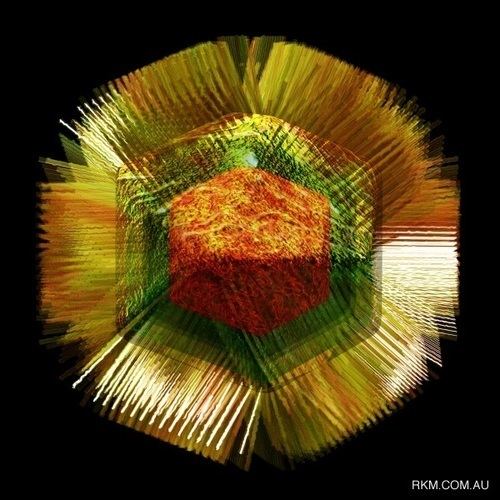Group Group I (dsDNA) | ||
 | ||
Representative species Iridoviridae, Pithovirus, African swine fever virus, Vaccinia virus, Variola virus | ||
The nucleocytoplasmic large DNA viruses or NCLDV, proposed as a new order Megavirales (i.e., the giant viruses), are a number of families of large DNA viruses:
- Ascoviridae
- Asfarviridae
- Iridoviridae
- Marseilleviridae
- Megaviridae
- Mimiviridae
- Pandoraviridae
- Phycodnaviridae
- Pithoviridae
- Poxviridae
Two unassigned genera, Dinodnavirus and Faustovirus, also belong to this clade.
Reasons for NCLDV grouping
All have both common and unique features of genomic DNA and virion structure. It remains uncertain whether the similarities of different families of this grouping of NCLDV are due to independent recruitment of the same or related host genes during viral replication or whether they simply share a common viral ancestor, although the latter theory is controversial and under heavy scrutiny.
There are 47 NCLDV core genes currently recognised. These include the four key proteins involved in DNA replication and repair. These include the enzymes DNA polymerase family B, the topoisomerase II A, the FLAP endonuclease and the processing factor proliferating cell nuclear antigen. Other proteins include the DNA dependent RNA polymerase II and transcription factor II B.
It is probable that these viruses evolved before the separation of eukaryotes into the extant crown groups. The ancestral genome was complex with at least 41 genes, including: (1) the replication machinery; (2) up to four RNA polymerase subunits; (3) at least three transcription factors; (4) capping and polyadenylation enzymes; (5) the DNA packaging apparatus; (6) structural components of an icosahedral capsid and the viral membrane.
